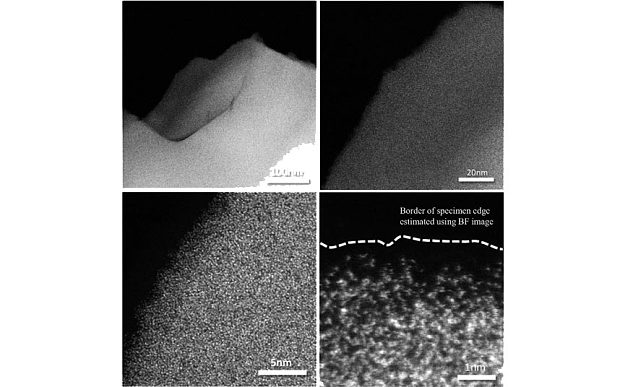-
Tips for becoming a good boxer - November 6, 2020
-
7 expert tips for making your hens night a memorable one - November 6, 2020
-
5 reasons to host your Christmas party on a cruise boat - November 6, 2020
-
What to do when you’re charged with a crime - November 6, 2020
-
Should you get one or multiple dogs? Here’s all you need to know - November 3, 2020
-
A Guide: How to Build Your Very Own Magic Mirror - February 14, 2019
-
Our Top Inspirational Baseball Stars - November 24, 2018
-
Five Tech Tools That Will Help You Turn Your Blog into a Business - November 24, 2018
-
How to Indulge on Vacation without Expanding Your Waist - November 9, 2018
-
5 Strategies for Businesses to Appeal to Today’s Increasingly Mobile-Crazed Customers - November 9, 2018
Japanese materials scientists unveil ‘unbreakable’ glass
In Nature Scientific Reports, the boffins from the University of Tokyo and Japan’s Synchrotron Radiation Research Institute describe their oxide glass, which they reckon will also be useful in buildings and cars. Can you imagine a glass as hard as steel on your smartphone?
Advertisement
The substance is strengthened by adding aluminium oxide to silicon dioxide, a process that is hard to effect using conventional techniques because the compound crystallises when it makes contact with another solid, and this prevents glass from forming in the normal way.
The scientists bypassed this problem by using a containerless processing technique.
Others have tried this before, but as soon as they added the alumina to the silicon dixoide inside a container, the mixture crystallized and glass didn’t form. From there, the glass was colorless, transparent, super touch, with 50% of it being composed of alumina. The modulus of the new glass, the indicator of rigidity, was twice as high compared to typical oxide glass and almost the same level as steel and iron.
However, it’s not a wonder material: what those tests measure is the ability of a material, in this case the glass, to resist indentation by another object.
Advertisement
The hardened glass used on devices like smartphones and tablets got that way with the addition of aluminum oxide during the production process. The team reports that, in toying around with samples of the material and applying every force they could think of on them, they discovered they could generate radial cracks that propagate from a central point throughout the material – while being very very tough, in a few respects it performs and behaves just as regular heavy duty industrial glass. Virtually unsearchable smartphone screens and bouncy beer bottles?




























